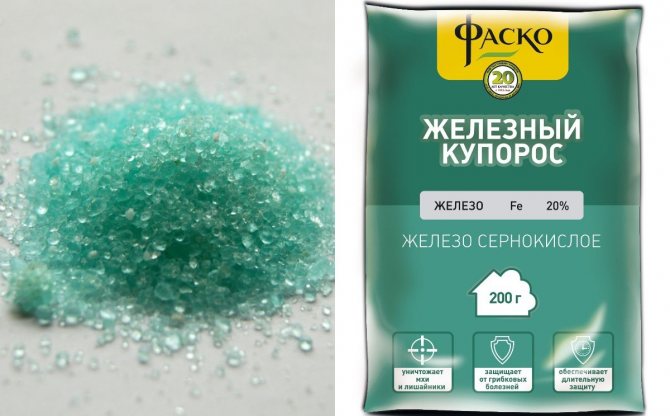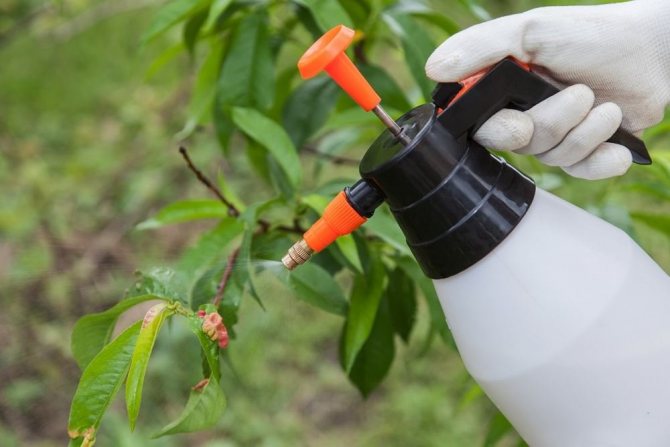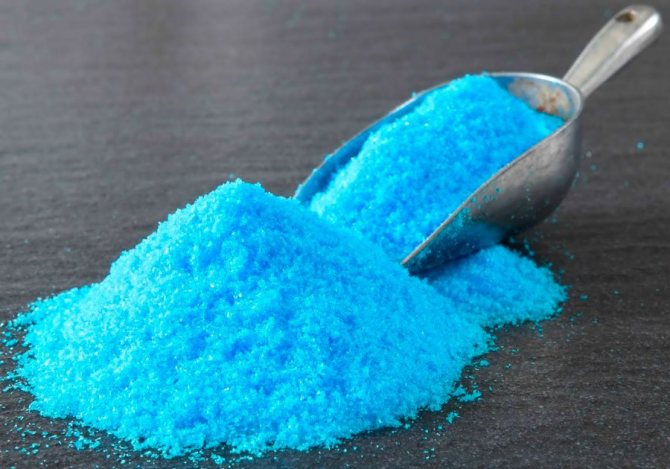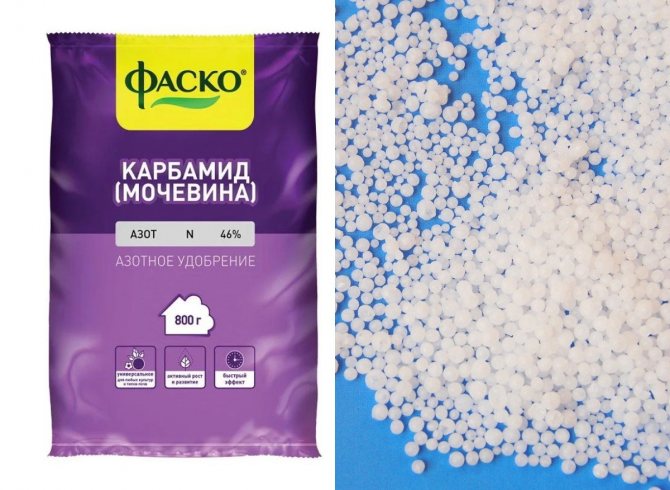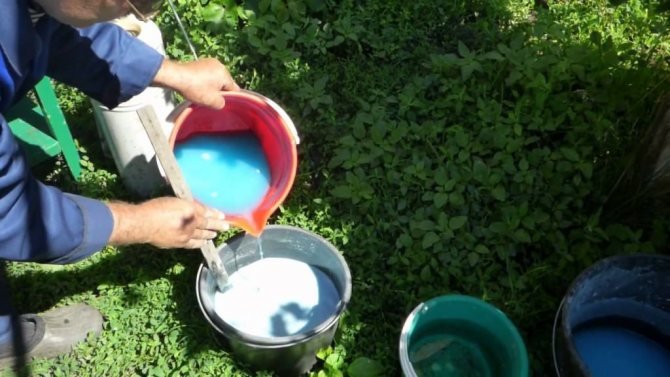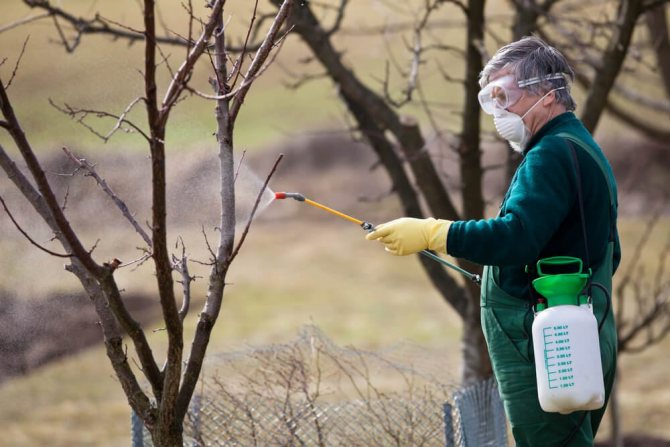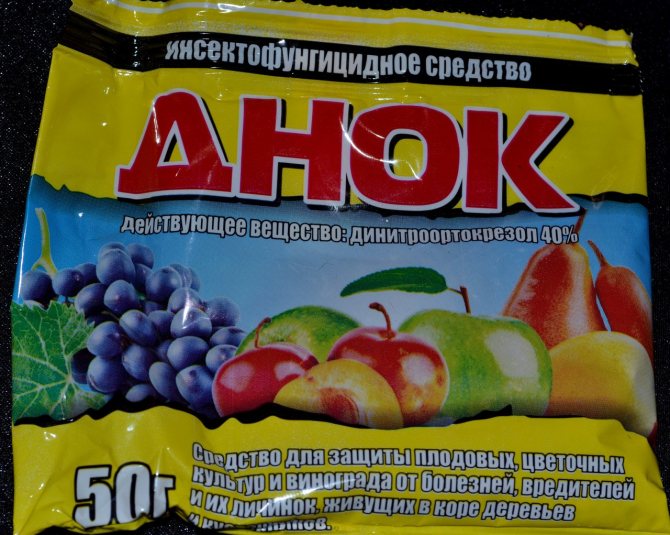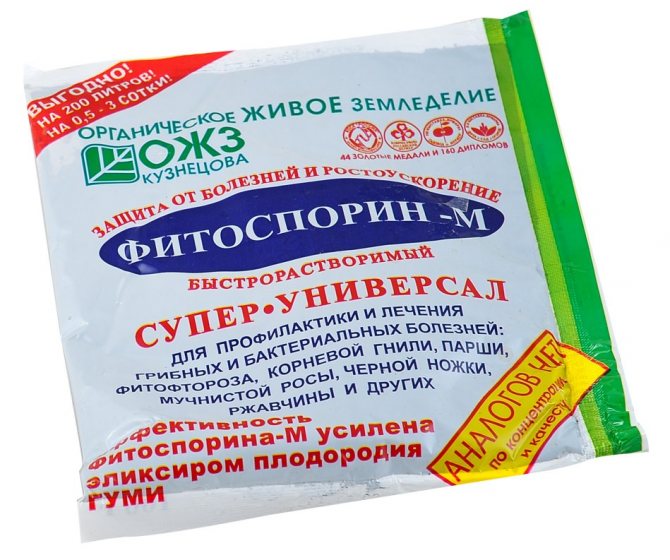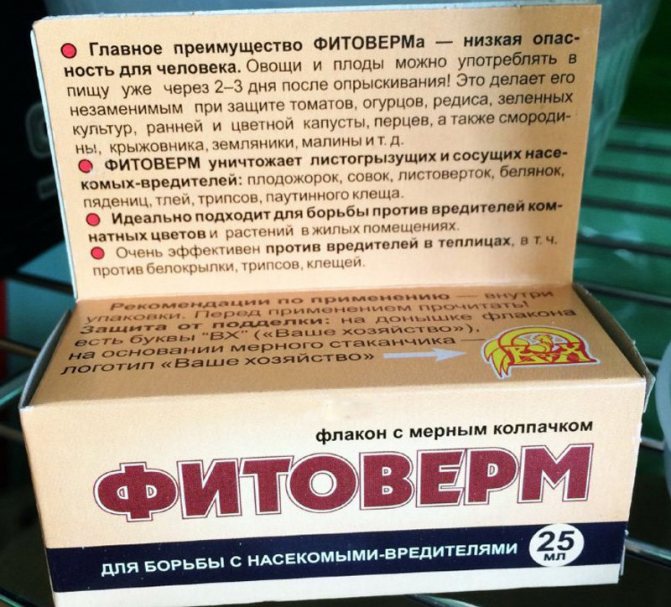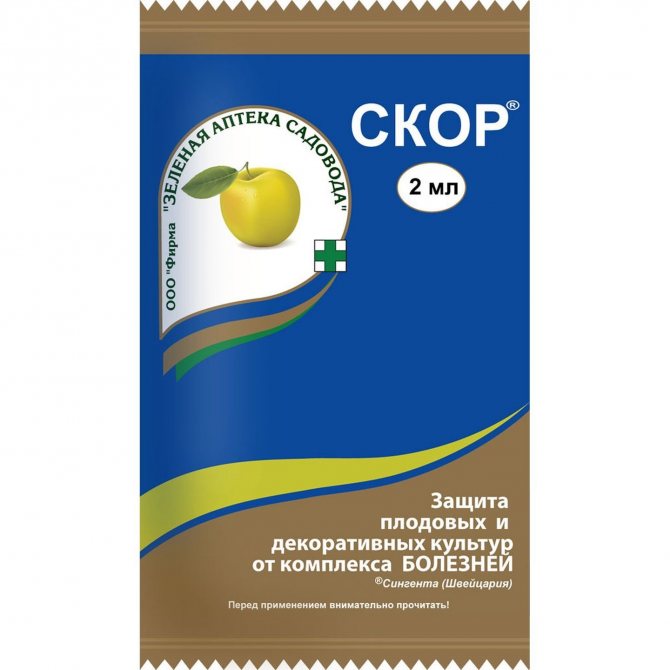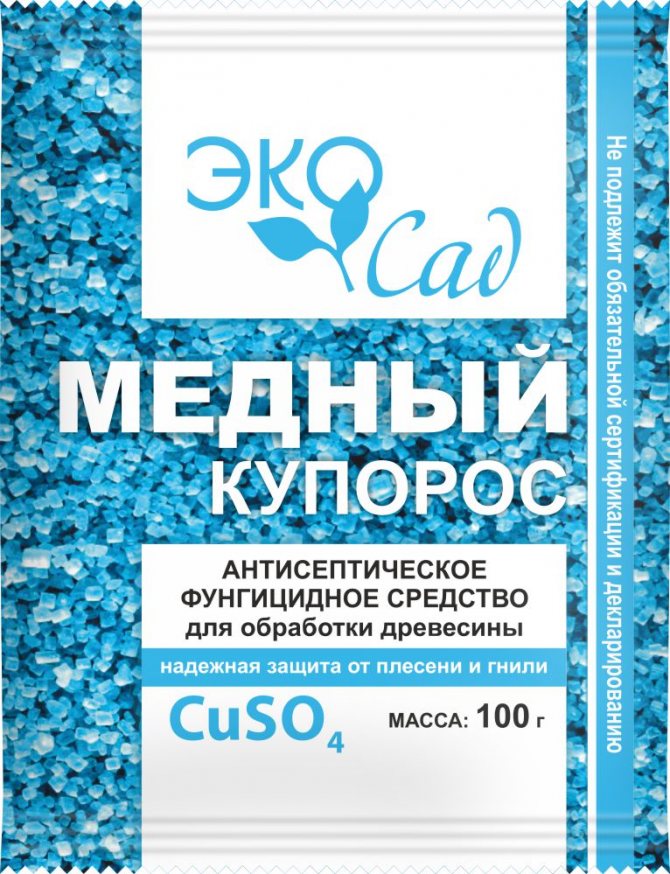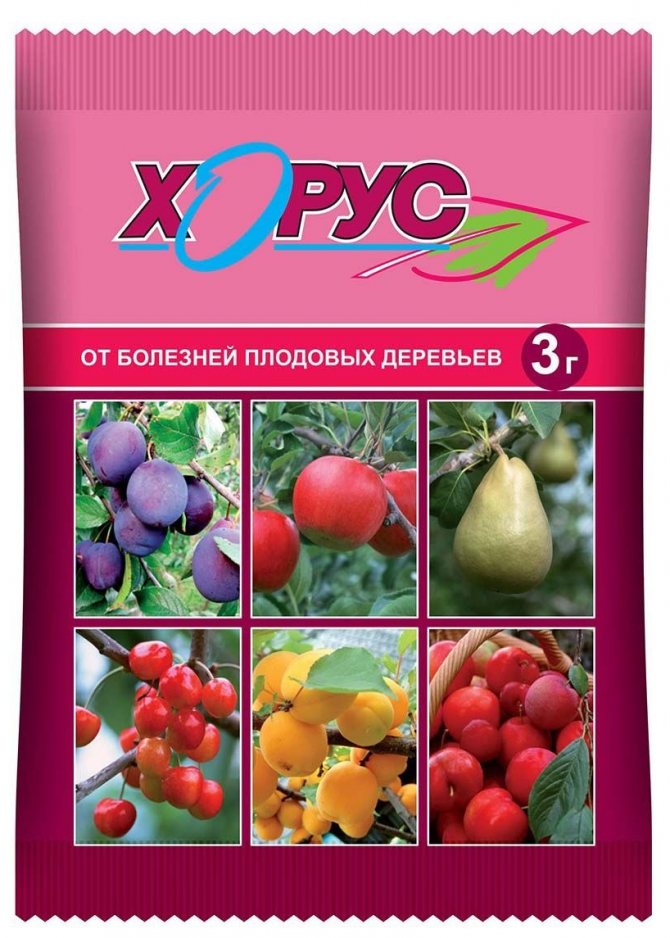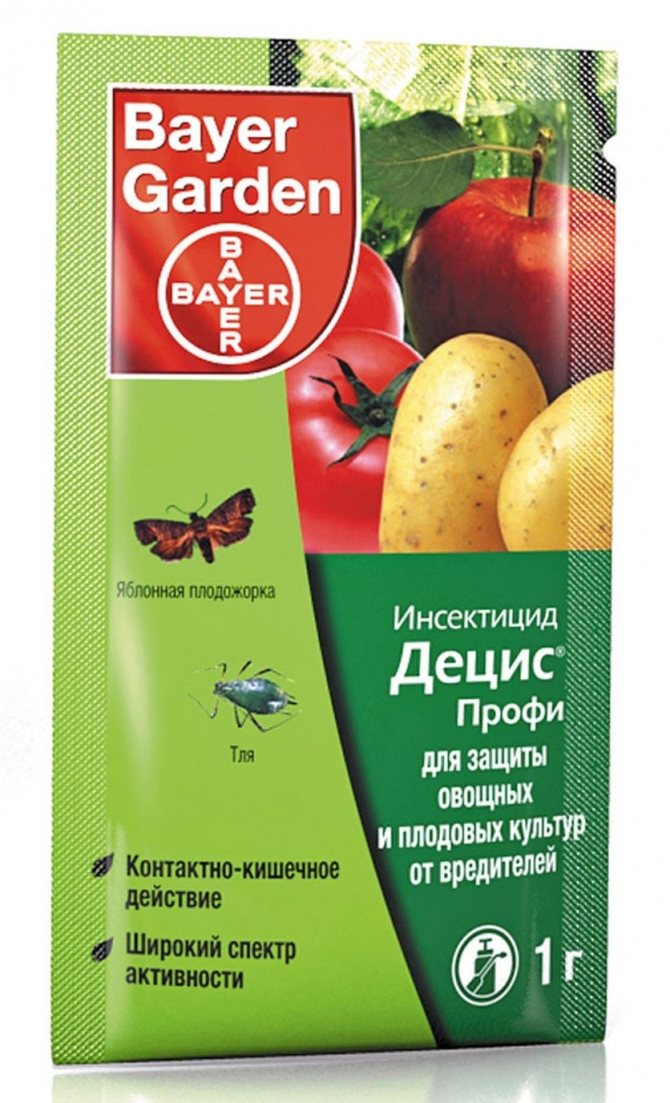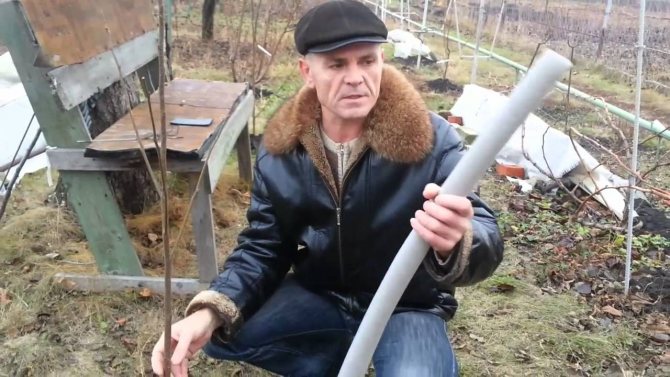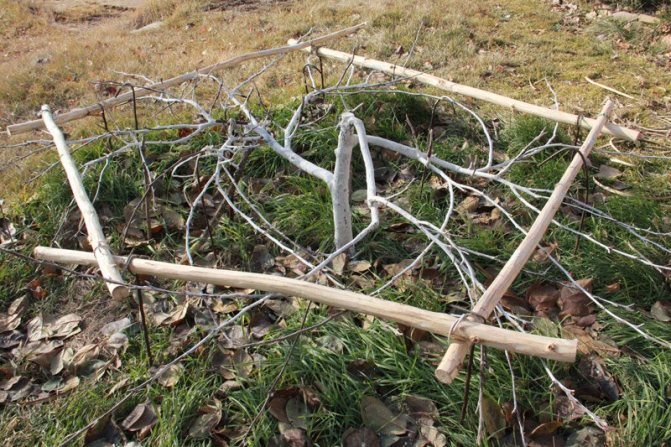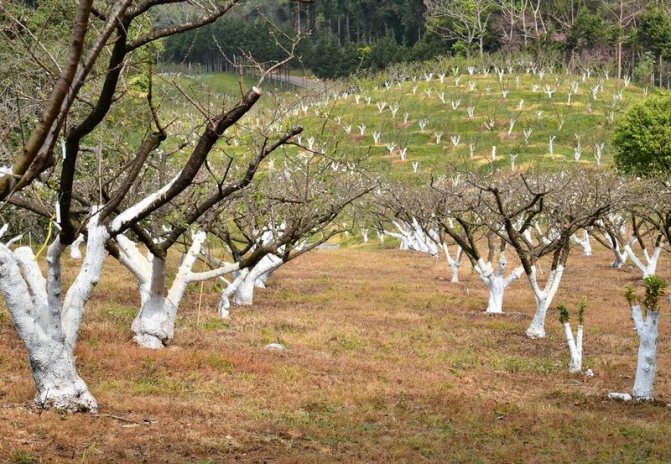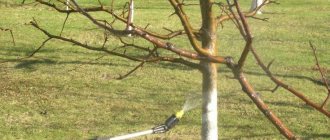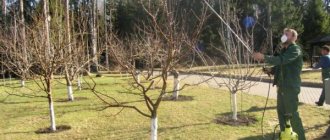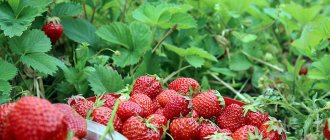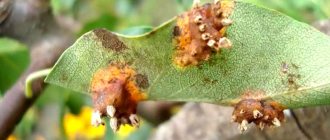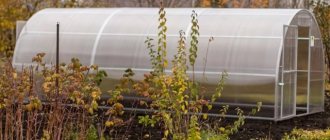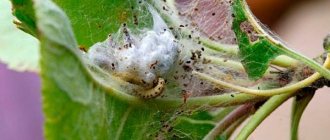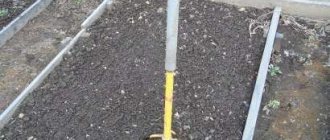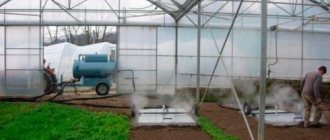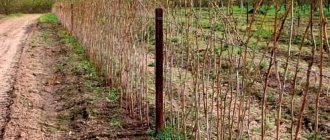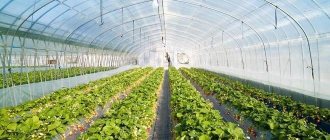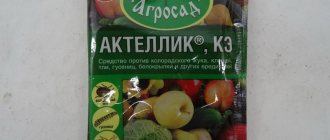Crown formation
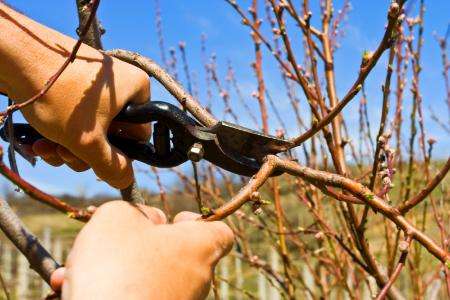
There is no central conductor in the cup-shaped crown. These are three to four skeletal branches that emerge from the bottom of the tree. Already in the spring, after planting, they are bookmarked. The peach seedling is cut at a height of 80 cm, leaving about 20 cm for the skeletal branches and 60 cm for the trunk. If the tree has side branches, then only three or four strong shoots are left, cutting them up to 15 cm long. Subsequently, skeletal branches will form from these stems. Weak shoots are simply shortened, leaving two or three buds.
The remaining branches are cut along with the guide. In the summer, it is necessary to monitor the shape of the tree and break out vertically growing shoots. The next year, the skeletal branches embedded in the crown of the peach are cut in such a way that they are of the same length. And from the stems that appear, two buds are formed, from which new shoots later appear. Shoots that grow on skeletal branches and boles in summer are removed, leaving up to 10 cm. Peach pruning prevents crown thickening.
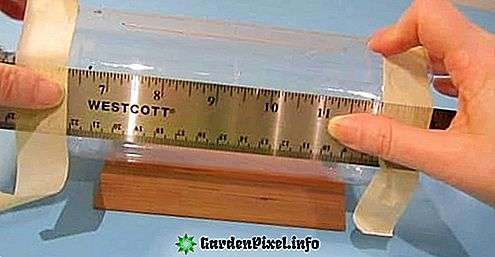

In the third year, strong shoots are chosen, located at a distance of half a meter from the base of the skeletal branches, they are shortened to 50 cm. These are additional secondary shoots. After another year, branches of the third order are laid and the processes growing downward are removed. Only in the fifth year, pruning the peach helps to form the crown by laying skeletal branches.
The choice of material for insulation
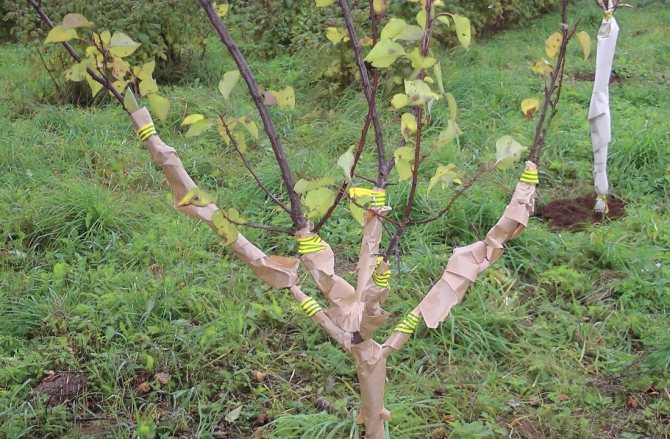

A gardener, insulating a peach, solves two questions - which method of shelter to use and which material to choose for this purpose. The choice depends on which part of the tree is to be insulated.
It may be interesting The best varieties of peaches that are grown in Russia, with photos and descriptions Description of the peach tree: what it looks like, where it grows How to plant a peach at home
Insulation materials:
- Underground part. To protect the soil from freezing, and the roots from freezing, the trunk circle is insulated with peat, sawdust or ordinary earth. Less often - manure and sawdust. All these materials do a good job with the functions assigned to them, they are affordable and cheap. Usually, gardeners choose whatever material is at their fingertips.
- Aboveground part. The upper part of the tree is wrapped or covered with burlap, agrofibre, spunbond, plastic wrap. Spunbond is considered the best of these materials, but its cost is higher than that of competitors.
Spunbond advantages:
- allows you to create a favorable microclimate under the shelter;
- can last for several winters;
- this material is easy to work with.
Fruit trees
The tree begins to bear fruit on annual growths formed in the previous year. Since many flower buds are laid annually, it is necessary to shorten or thin out the shoots, otherwise the peach will be overloaded with fruits, which will affect their quality. During thinning, all growing stems are removed, leaving them at a short distance from each other. The conductors of skeletal branches are also shortened, they are transferred to lateral growths. Peach pruning occurs after the last frost. If many ovaries have appeared on the tree, they are also thinned out. This is done when the fetus reaches 2 cm in diameter.If the skeletal branches are shaken, the underdeveloped ovaries will begin to crumble. After that, weak drupes are removed. The optimal distance between fruits of early varieties is 8 cm, mid-ripening and late ones - about 12 cm.
Anti-aging pruning
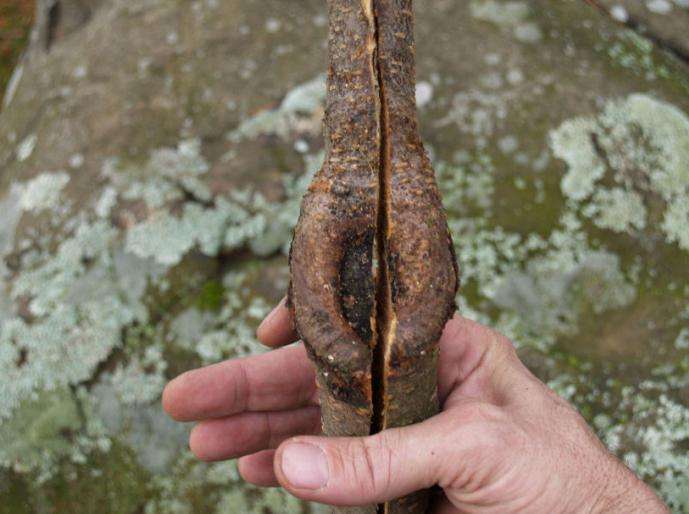

Depending on the plant variety, the fruiting period lasts only 10-12 years. However, the tree's yield can be extended by pruning anti-aging. First of all, the tree is examined because it must have a healthy stem and lower skeletal branches. Only then does the pruning of the peach take place. The diagram presented in this article will clearly show how this is done. First, remove all dried branches. Cut them off near young shoots, which in the future will be the main shoots. A diseased tree is not rejuvenated, it is pruned without any rules in order to get a high yield for a while.
Mistakes of novice gardeners
The very first spring works in the garden are spraying and whitewashing the trunk of fruit trees. However, many gardeners neglect to carry out such activities and thereby expose fruit plantations to the risk of being hit by very dangerous diseases and plant parasites.
In addition, not all gardeners know that it is necessary to process plants in spring in several stages, using various preparations and means. The standard action of basic solutions for treating fruit trees lasts about ten days or two weeks. Therefore, it is this break that should be followed when spraying.
How to plant a peach in the fall
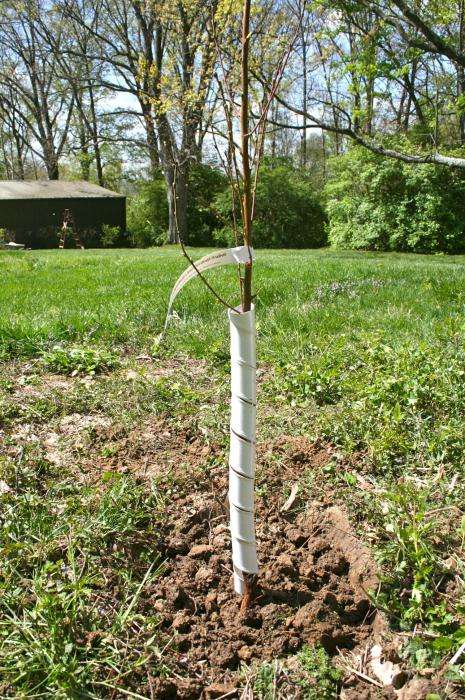

Before planting a seedling, the soil around it is compacted. In order for the root system to develop naturally, free space should not be allowed near it. By the spring, the roots are formed and strengthened, which excludes the regular watering of young trees. Pruning peaches in the fall is important. As mentioned above, this is necessary for the formation of the main branches of the future crown.
Before planting the seedling, prepare a planting pit 60 cm deep. Fertile soil containing humus and trace elements with the addition of wood ash is poured into it to enrich the soil.
To protect the root system, a mound 10 cm high is made, then the tree is watered with three buckets of water. It is very important not to pour the seedling immediately, the liquid is added gradually, as it is absorbed. Then the elevation is raised to 30 cm. To protect the peach from wind and frost, a plastic bag is put on it and bent to the ground by means of pegs. Thus, the seedling will be protected from adverse weather conditions and rodents.
Peach pruning in autumn
The peach is the fruit that no one who is engaged in self-harvesting can pass by. Juicy pulp and real nectar attract true connoisseurs of delicious fruits. Gardeners know that the peach tree needs careful maintenance in the fall. After all, this is the key to a new bountiful harvest. The main enemies of the plant are various diseases and parasites. Coccomycosis, clasterosporium, aphids make the tree weaker, interfere with the accumulation of strength in the winter, which leads to a poor harvest. Therefore, peach care in the fall is very important. The tree needs regular feeding, spraying, watering and constant protection. However, these procedures must be followed according to the instructions. If, after harvesting, the leaves on the tree remain healthy, they do not need to be removed from the ground in the fall, since they fertilize the soil remarkably. Affected leaves should be urgently eliminated. Correct peach care in autumn will be rewarded with a high and high-quality harvest.
Effective purchased products
At present, the chemical industry has developed and produced modern and effective preparations for the protection of garden plants.However, when using them, it is necessary to focus not only on the purpose, but also on the timing and technology of application.
| Drug name and manufacturer | Act | Pest | Number of sprays | The timing of the last treatment before harvesting the fruit |
| Zolon from Keminova A / S, Denmark | Contact-intestinal | Eastern moth | 1−2 | One to one and a half months |
| Decis from Bayer Crop-Saenz, Germany | Contact-intestinal | Eastern moth | Two | 20 days |
| "Dnok" from JSC "Krasitel", Ukraine | Contact | Wintering stages of scale insects, ticks, aphids, leafworms, moths and beetles | One | Before bud break |
| Fungicide "Hom" | Active ingredient: copper oxychloride | Leaf curl, clusterosporosis, coccomycosis, moniliosis | Repeatedly, with the consumption of the working solution: 2-5 liters per one fruit tree | Spraying during the growing season |
| "Guapsin-plus" | Universal microbiological preparation of fungicidal, bacterial, insecticidal action with amino acids | Active protection and prevention of fungal and bacterial diseases, reduces pest damage | Repeatedly | Carry out processing in the evening or in cloudy weather |
| "Trichophyte-plus" | Biofungicide | Rot, scab, powdery mildew, late blight | Repeatedly | Spraying of plants at the rate of 6 l of the drug per hectare |
Folk methods used for the treatment of fruit plantations are characterized by minimal toxicity for the future harvest with a sufficiently high efficiency against the main damaging factors.
| Spraying agent | Cooking method | Intended use |
| Infusion of tomato tops | Pour about 2-2.5 kg of plant materials with 5 liters of hot water and leave for 6 hours. Bring the infusion to a boil, strain and cool | Fighting caterpillars and leaf rollers |
| Decoction of potato tops | Mix part of the tops with two parts of water and leave for six hours. Put the infusion in a water bath for 35-45 minutes, and then strain and cool | Aphid extermination |
| Infusion of tansy | Pour about 0.7 kg of tansy with 10 liters of water and leave for two days. Then boil the mixture for 25-30 minutes and strain. Cool the infusion and add another 10 liters of water | Plant parasites and fungal infections |
| Capsicum infusion | Pour about 1 kg of pepper with 10 liters of water and leave for 48 hours. Then boil for an hour and leave for 48 hours again. For 10 liters of infusion, add 100 g of crushed laundry soap | Plant parasites and fungal infections |
How to plant a peach in spring
In the spring, not all gardeners can buy quality seedlings. For this reason, young trees are purchased in the fall and buried in for the winter. With the onset of spring, gardeners start planting a peach. It is also recommended to dig a hole in the fall. Fertile soil is mixed with humus and mineral fertilizers, and the soil is removed from the bottom of the pit. If you leave such a useful soil composition for the whole winter, complete dissolution of mineral and organic fertilizers is achieved. In the spring, all that remains is to plant a tree.


It is very important that the plant is well lit by the sun and protected from the northerly winds. A wall of a building, fence or hedge will be excellent protection. In order to stimulate the development of lateral roots, they are refreshed before planting. After sprinkling with earth, the plant is watered and do it regularly until it takes root in the new soil.
How to shelter young trees for the winter. Insulation of the trunk and branches
They begin to warm the pear after harvesting and with the onset of the first cold weather. The method of sheltering fruit trees depends on the climatic characteristics of the growing region. It is equally important to take into account the varietal characteristics and age of the plants. So, sheltering young pears for the winter requires more attention and time when compared with mature trees.
Choice of materials
The procedure for warming a pear for the winter begins with the selection and preparation of the covering material. Thus, fruit crops cultivated in the southern regions are wrapped in burlap, white polypropylene bags, non-woven cloth, agrofibre or lutrasil. Pears grown in the Leningrad region, Siberia, the Urals and other regions with severe frosts are additionally covered with spruce branches, brushwood, wooden boards and slate sheets.
Shelter technique
It is not difficult to prepare fruit trees for wintering if you adhere to simple rules for warming plants. So, let's figure out how to properly insulate a thermophilic fruit crop.
They begin to cover the pear tree from the root collar. The trunk circle is mulched with peat, humus, straw, sawdust and dry foliage. The height of the mulch layer should be within 3-5 cm. It is especially important to insulate well the root collar of a young, still not fully matured pear. During an unexpected thaw, a layer of mulch protects the tree from excess moisture and glaciation during further frosts.
The next stage is the insulation of the branches and the trunk of the tree. First, you need to remove all the supports so that the branches descend to the ground. In order for young shoots and skeletal branches to descend as low as possible, use "weights" in the form of sand, dry soil, vegetable tops, coniferous branches and other vegetation. It is recommended to carefully wrap the trunk of a pear tree and the base of skeletal branches with a covering material, in which there should be small holes for air circulation.
Please note that the use of synthetic and moisture-proof covering materials leads to the accumulation of moisture inside, which is fraught with rotting of the tree.
Can a peach be grown from a seed?
Enjoying the aroma of fresh peaches, many ask the question: "Is it possible to grow a miracle tree in your garden, where to buy high-quality seedlings, will a full-fledged tree grow from a seed?" To avoid such questions, you just need to roll up your sleeves and try to grow a peach from a stone.
First of all, they choose peaches adapted for our area. Foreign varieties are unlikely to take root, since they are not winter hardy. The seed for planting a seedling is taken from a juicy ripe fruit, it should not contain defects and pests. It is good if information is known about the selected fruit, on which tree it grew - grafted or self-rooted. In the latter species, the yield and characteristics are much higher. In addition, a grafted tree can grow barren.
Having decided on the choice of seed, they start planting. For safety net, a few extra bones are planted. They are soaked for a week (the water is changed every day), then carefully dried so as not to damage the inside, and planted in open ground to a depth of 8 cm. Planting is carried out in the fall, away from mature trees. The soil should be well fertilized, loose and soft.
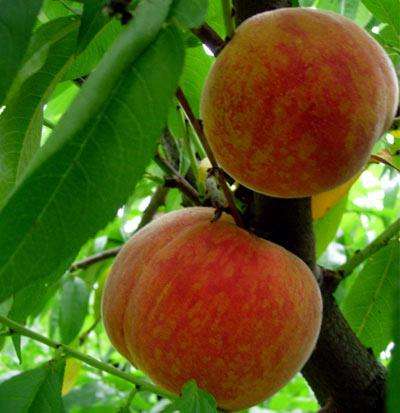

First, the bone forms a root, later a stem is formed.
Shoots appear in the spring. It is during this period that the peach is gaining strength, caring for it consists in intensive watering and feeding. By autumn, the seedling grows 1-1.5 m, side branches appear on it. As soon as the trunk height reaches 70 cm, the crown of the future tree is formed. Peach pruning is done next spring. Healthy branches are left, and diseased and frozen ones are removed. A year later, the young tree is transplanted to a permanent place and the first three years are insulated for the winter.
A peach tree grown from a seedling bears fruit earlier than from a stone. In our climatic conditions, you can get a full harvest for 12 years.
Comments (1)
Loading ...
Similar materials
Home comfort Caring for cherries in the fall after harvest: feeding, pruning, preparing for the winter Every gardener knows perfectly well that the yield of the next year depends on how he looked after the plants and crops on his plot before winter. Many people believe that trees can grow without additional ...
Home comfort Pruning spirea in the fall: scheme. Spirea care in autumn
Very often, on personal plots, you can see a beautiful ornamental shrub - spirea. Sometimes it is a lonely flowering bush, and in some cases it is a whole ridge in the form of a hedge. The most common is white with ...
Home comfort Garden care in the fall. What to do in the garden in the fall?
Every real owner knows that the garden in autumn needs a lot of attention and care. The work done in these months is intended to cultivate the soil, enrich the land with the necessary substances and provide ...
Home comfort Blackberry care in autumn and winter
Every modern gardener is familiar with such a unique plant as the blackberry.
A large berry of the Rosovye family is distinguished by its dark color, rather sweet and aromatic taste. In addition, blackberries, the care of which is enough ...
Home comfort Gardening secrets: caring for a lily in the fall
Caring for a lily in the fall is a series of simple, but extremely important activities….
Home comfort Caring for Victoria in the fall: tips for gardeners
Victoria is the most popular berry among gardeners. Its cultivation requires certain conditions to be met in order to ensure good fruiting. Summer passes with its hot days and bright sun. All with ...


Home comfort Caring for apple trees in the fall: important points
Apple trees feel great on a large territory of our country and do not need to create special conditions of detention. But they also need care and attention. It is especially important to properly prepare the orchard for winter….
Home comfort Proper care of peonies in the fall
Peony is a perennial that is very popular with gardeners. And this is not surprising, because the plant has unusually beautiful large flowers, and besides, it is completely unpretentious. For normal growth, very ...
How to spray - preparations
Peaches have enough enemies, among them the most dangerous are diseases such as leaf curl, moniliosis (fruit rot), coccomycosis, clotterosporia, powdery mildew. In addition to diseases, aphids, weevils, eastern moths, fruit moths and various mites love to "feast" on it. Many drugs have been developed to fight parasites, called fungicides (protection against diseases) and insecticides (protection against insects). Consider the most popular in the fight against pests, spraying with the most effective:
- urea. Urea, actively and effectively dealing with most harmful insects;
- copper-based fungicides, copper sulfate and Bordeaux liquid, are used against most fungal infections;
- fungicide preparations "Abiga-Peak", "Gaupsin", "Planriz", "Skor", "Trichodermin", "Horus", "Tattu". They are used to fight most fungal infections;
- insecticide preparations "Aktara", "Engio", "Actellik". The drugs are used against a variety of insect pests;
- diesel oil emulsion. Effective against insects. If a plant is sprayed with such a mixture, it will become covered with a film that blocks the access of oxygen to various insects hibernating in the bark, which is why they either crawl out or die;
- folk remedies. Tinctures of garlic, lavender or tobacco have long been used against aphids. If you spray a tree with such a solution, insects that cannot tolerate the strong aroma of the drug will leave the tree.
Spraying peaches in the fall: rules and technology, video and photos
Beauty Skin care in the fall: beautician advice
With the onset of autumn, not only dampness and cold come, but also new tests for the skin.Natural factors negatively affect her condition. That is why skin care in autumn is radically different from summer.
Home comfort Autumn fertilizer for roses: when and how to apply. Caring for roses in autumn, preparing for winter
When summer comes to an end, a hot season begins for flower growers. This is especially true for connoisseurs of the most beautiful flowers in the world - roses. So that next year these graceful beauties please with their flowering, ...
Preparation
The most common mistake gardeners make is improper preparation of the fruit tree for wintering and the lack of a covering layer for the period of cold and frost. Preparation of a peach for winter begins in early autumn, when the entire harvest from fruit crops has already been harvested. First, the tree is examined for the presence of parasitic individuals and is treated with microbiological preparations that increase the protective properties of plants.
Loosening, moistening and applying potash and phosphorus fertilizers to the soil are mandatory procedures for autumn care and preparation of a peach for winter. The soil saturated with oxygen and various nutrients contributes to the normal vital activity of vegetation during the wintering period.
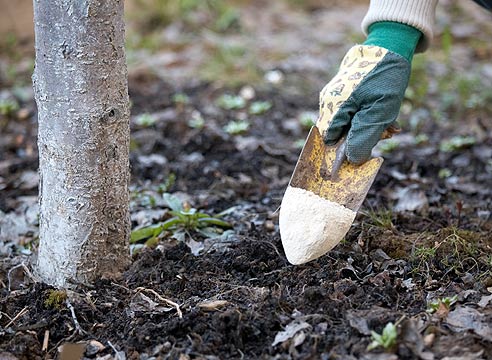

On the eve of the winter cold snap, you need to cut the crown of the peach tree. Most gardeners adhere to the rule that autumn is the optimal period for removing old, lifeless, damaged by winds, insects, rodents and various diseases of the branches. Crown pruning is carried out from mid-September to mid-October, so that the tree has time to heal "wounds" and recover before the first frost.



